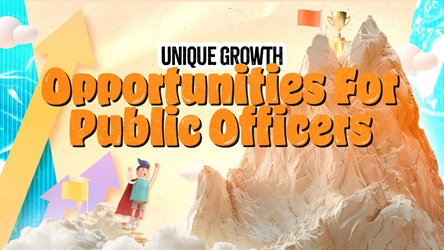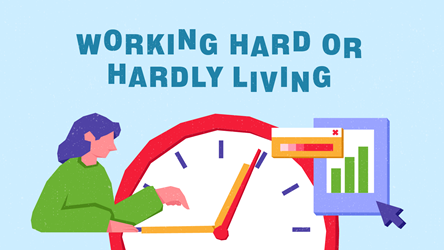You Don't Always Have To Hold A Meeting And Here's Why
How to show your strengths by running effective meetings.

When was the last time you stepped out of a meeting room thinking: “That meeting could have been an email”?
We’ve all been to meetings that seem unnecessary and waste everyone’s time. So. what should and should not require a meeting with your co-workers? The Modern Meeting Company suggests that meetings usually have different objectives.
A decision-oriented meeting, for instance, is where a consensus is needed about something. However, the type of meeting needed is dependent on the decision to be made. A good way to start the decision-making process is by looking at the level of consequence for this decision. A decision that is less consequential is one that you can probably make on your own whereas a decision of high consequence will need you to consult others.
If you would like to convey some vital information and ensure those updates reach your busy colleagues, consider holding a short and focused informational meeting. Be clear about whose attendance is necessary and what follow-up actions are required, if any.
On the other hand, if you would like to garner ideas from the team, this calls for a brainstorming session. Starting with a problem statement will give participants a direction in generating ideas. When these sessions are executed well, they prove to be a powerful avenue for teams to solve difficulties, encourage creativity and foster new ideas, as well as improve existing ones.
Another important aspect of a successful meeting is to assign action items and ensure they are clear by the time the meeting ends. It’s not enough to have engaging discussions and brilliant ideas. There must be a plan to follow through with what was discussed during the meeting. One way to do this is to manage your time effectively (even if it means using a countdown timer) so that there is room to talk about a follow-up action plan.
Applying these strategies will not only lead to energising meetings; they will also highlight your strength as an effective team member in the workplace. With technology enabling virtual meet-ups and new ways of working, what types of meetings do you think can be dropped?- Meeting objectives include decision-making, sharing information and brainstorming.
- For innovation and problem-solving, hold a brainstorming meeting instead of standard meetings.
- Successful meetings can highlight your strengths as an effective employee.
- POSTED ON
Mar 18, 2020
- TEXT BY
Muneerah Bee









